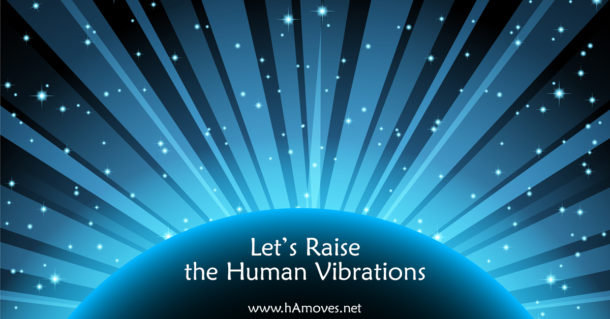LISTEN TO THE WISDOM OF YOUR NAME
Were you ever compelled to delve deeper into the origins of the popular practices on February 14, better known as the Valentine’s Day? The trace leads to the 18th century England, and then brings us to the 21st century on the wings of commercialism. Is “be my valentine” just another profit-driven hype of the industrial age? What makes an idea survive for a couple of centuries, plus be a consistent money-maker? It has to touch on something that resonates deep in human psyche. Something that feels vaguely familiar, but not quite identifiable by reason.
As a Slovenian living in New York City, I was surprised to see a whole paragraph dedicated to Slovenia under the Folk Traditions section of the Wikipedia’s entry about Valentine’s Day. Of course I immediately searched through Slovene sites to learn more. St. Valentine, remembered on February 14, is the patron of good health, beekeepers, and pilgrims. As the first Spring saint, he carries the keys to unlock the roots for the farmers to resume work in the fields, orchards, and vineyards. The word “valentine” comes from the Latin “valen”, which means valiant or brave. Slovene equivalent of Valentine can be Zdravko; the base “zdrav” means healthy.
The earliest written connection between the Feast of St. Valentine in February and the tribute to intimate coupling may be found in Geoffrey Chaucer’s Parlement of Foules (1382): “For this was on St. Valentine’s Day, when every bird cometh there to choose his mate.” Some correspondences also appear in the courtly love movement in France in the early 15th century. And before that? A bunch of legends about several saints named Valentine that have nothing to do with romantic love. But the Roman festivities of Lupercalia, a fertility rite, were in the middle of February.
“The rose is red, the violet’s blue,
The honey’s sweet, and so are you.
Thou art my love and I am thine;
I drew thee to my Valentine:
The lot was cast and then I drew,
And Fortune said it shou’d be you.”
(From the collection of English nursery rhymes
Gammer Gurton’s Garland, published in 1784.)
Why do we “fall” in love, instead of standing lovingly in union with the other person? I’ve been pondering this question through the lens of the harmonious movement art of eurythmy.
The I-A-O harmonious movement meditation holds profound wisdom, if we dare to go deeper into its practice. And the eurythmy planetary and zodiac circles add more personalized insights when we move the forms, based on our names.
On the Soulful Sparks Radio, I explored the flow of energy in relationships with ourselves, the spiritual world, and with each other, based on harmonious movement meditation and dynamic name astrology analysis. You can listen to the recording by clicking here. The show ends with guided harmonious movement meditation.
But let’s get practical. The Spring is ahead of us, the season of action, of doing, of exercising our free will. The better you know yourself, and your partner, the easier it is to make decisions in life.
So give yourself and your partner a wholesome gift for this Valentine’s Day, or on any day you choose to celebrate as a special day for your union. Enhance your intimate dance. Explore how you can harmoniously move together as a couple while at the same time honoring each other’s unique individual celestial dance. Dynamic Name Mandala analysis for couples is available online with individual sessions by phone, Skype, or in person. Click here or on the button below to learn more and book the name analyses and sessions.
Mhm, of course, we need to love ourselves first. Dynamic Name Mandala analysis and sessions are also available for individuals. Click here or on the button below to learn more and book the name analyses and sessions.
Feel free to share…. Spread the word: share with your family, friends, coworkers, acquaintances. Thank you.



Relax, and flow with grace
Begin with a simple eurythmy practice
Get FREE written and audio
I-A-O Harmonious Movement Meditation
Thank you for subscribing. Make sure to confirm your subscription by clicking the link in the confirmation email we've just sent you.